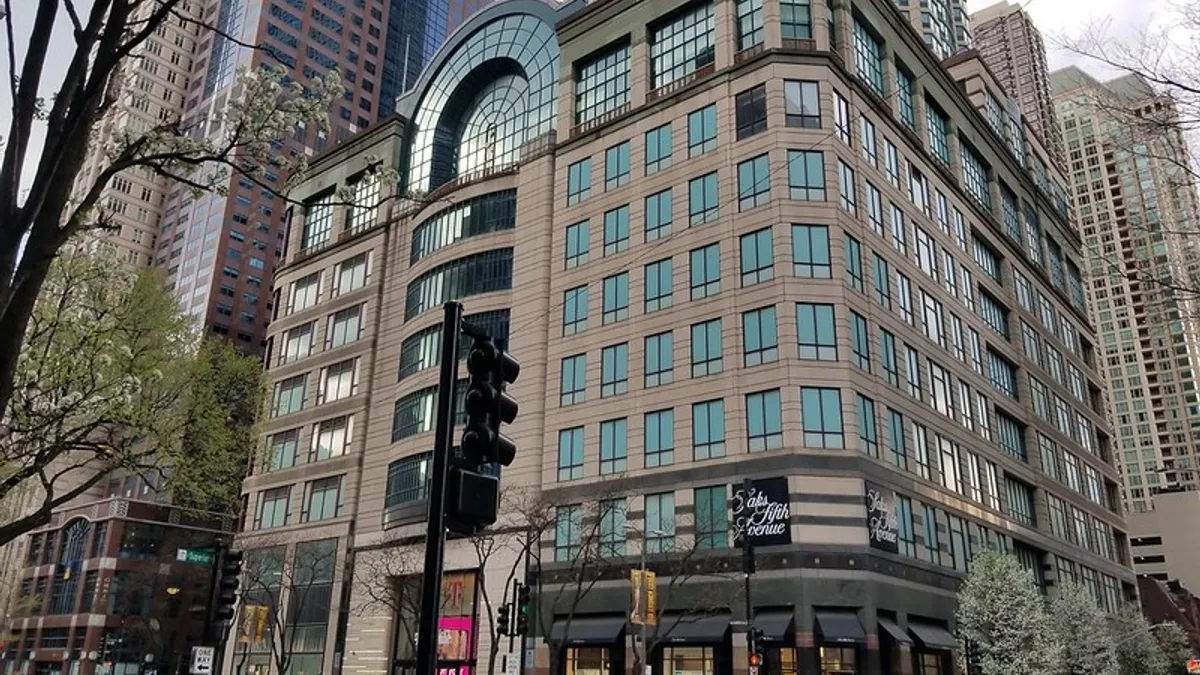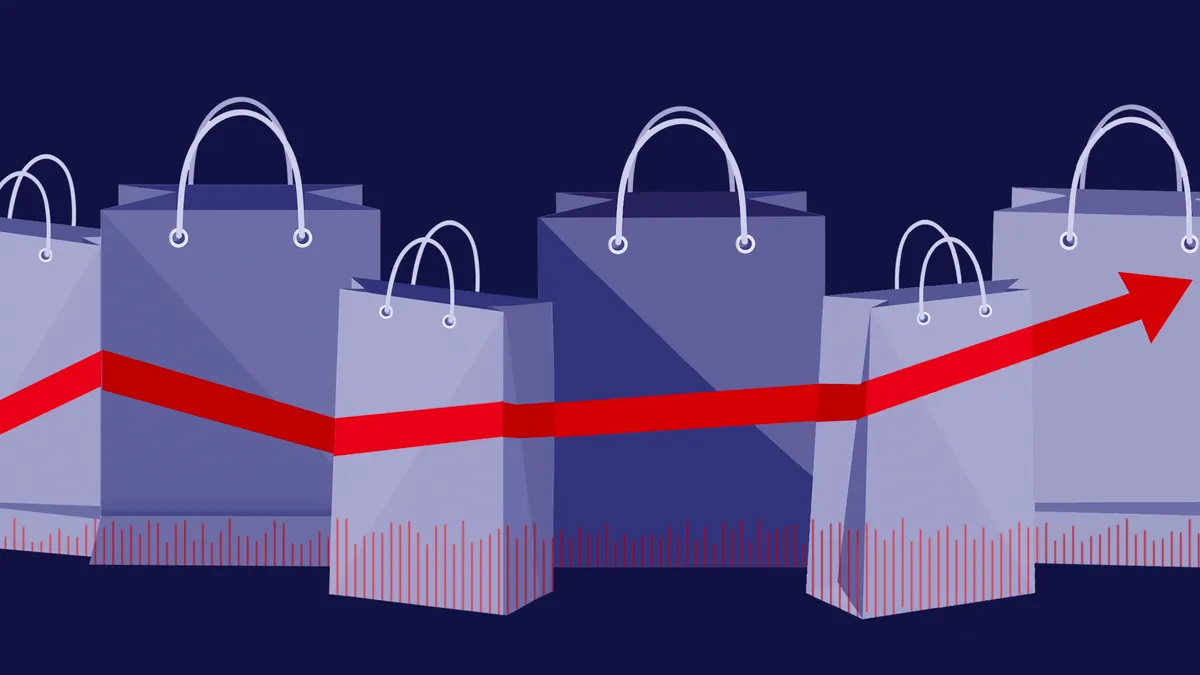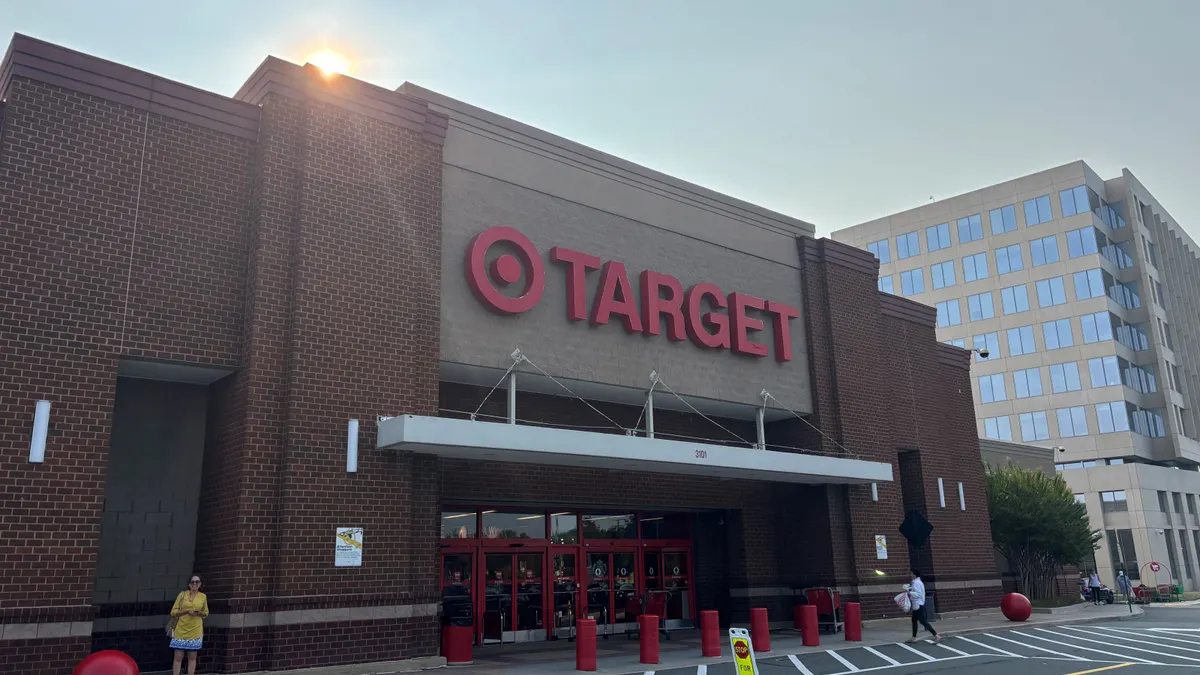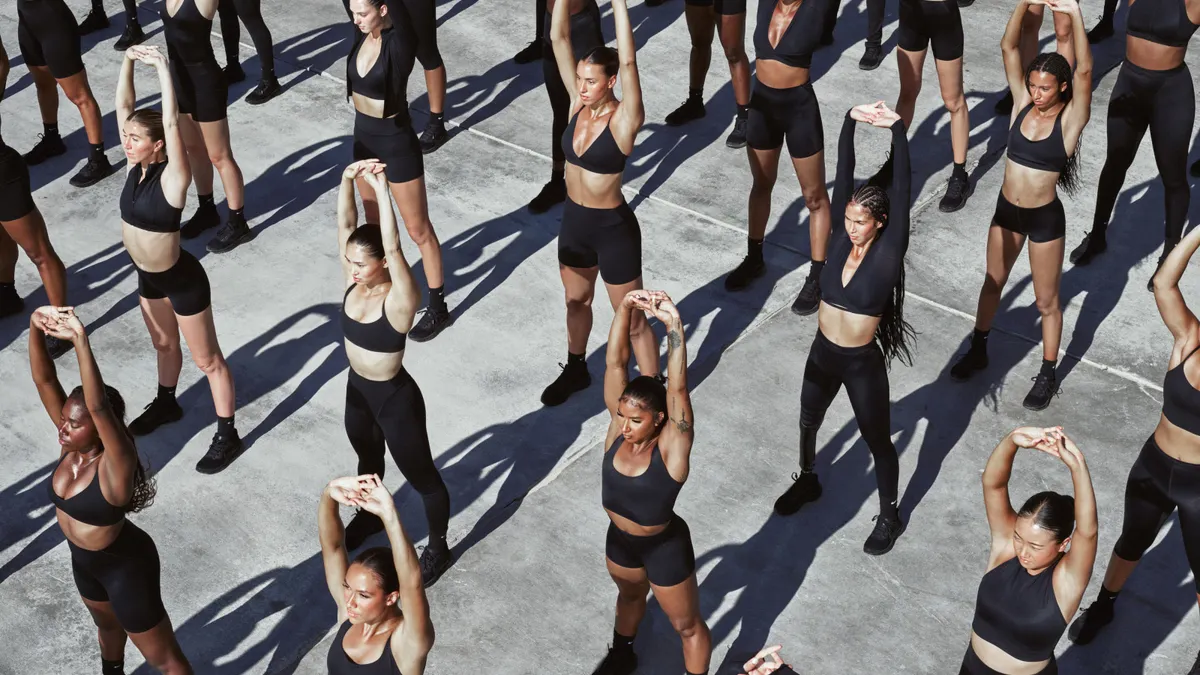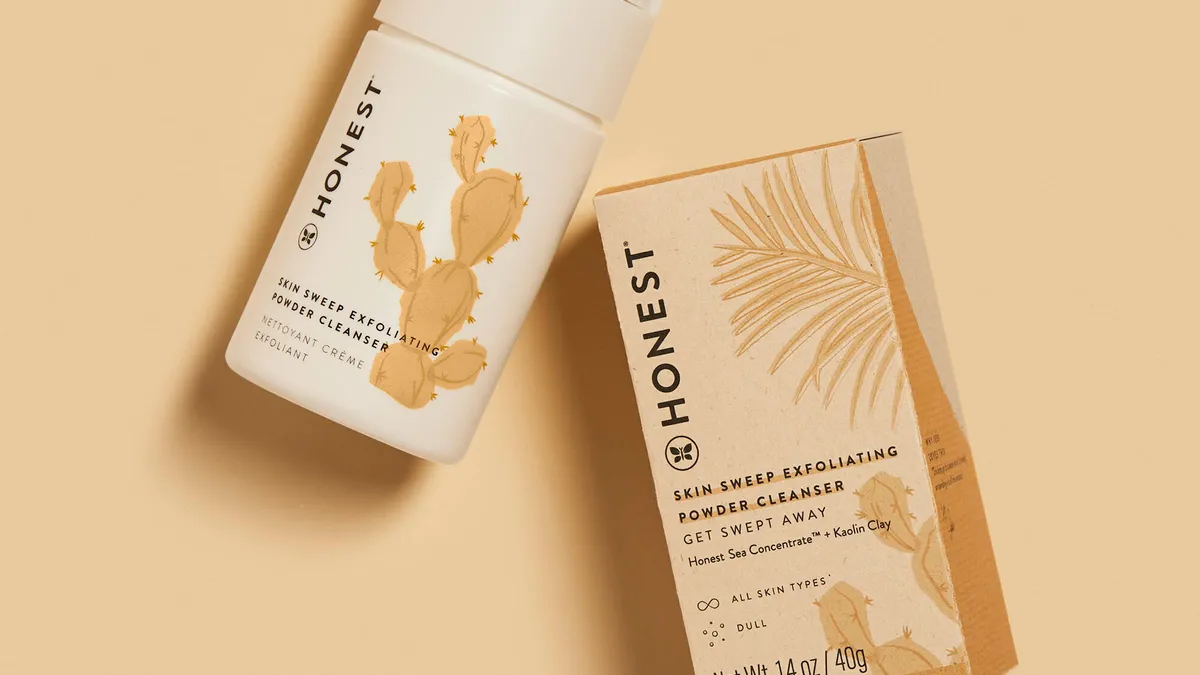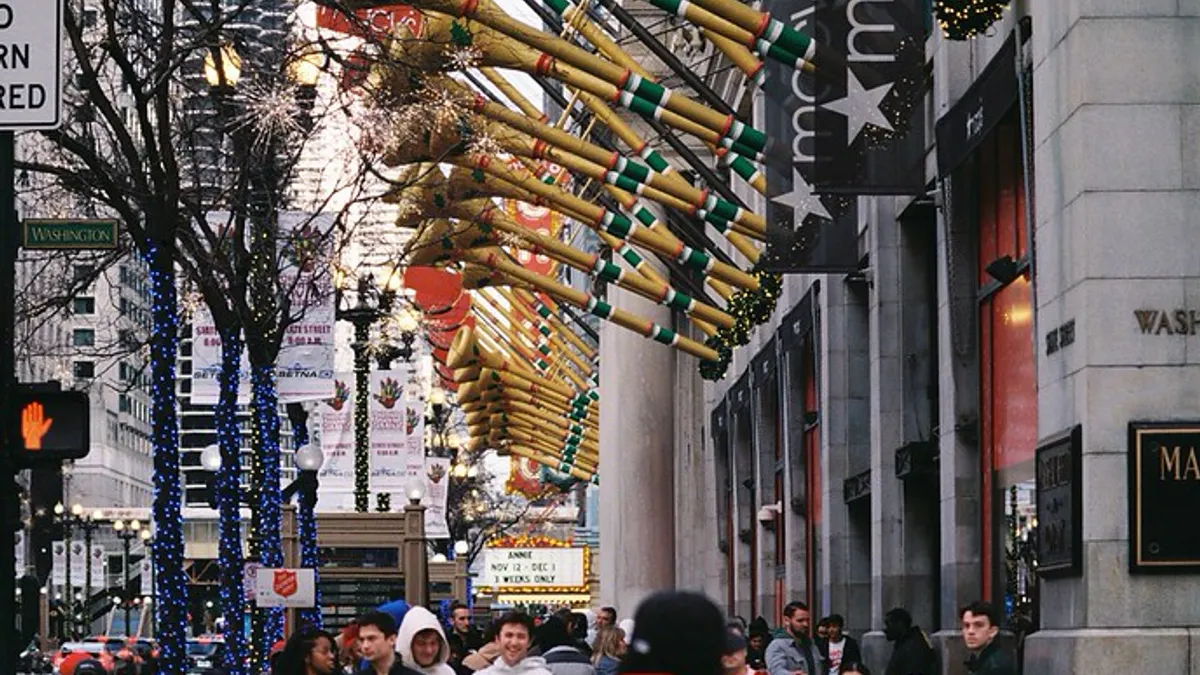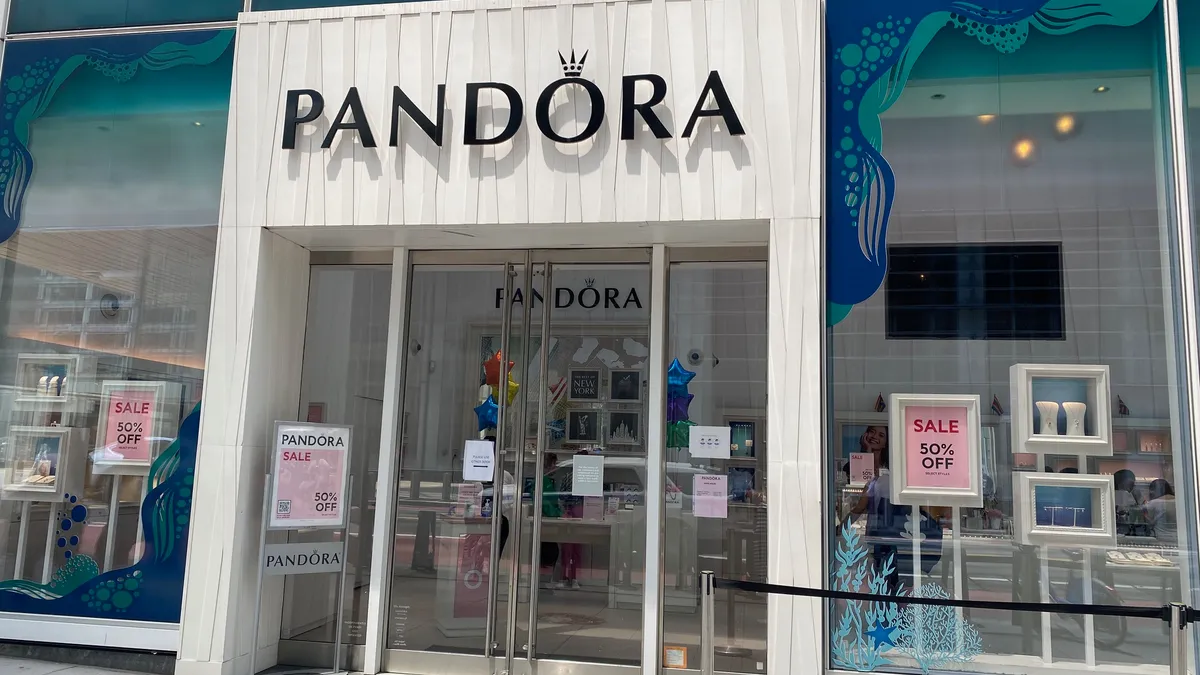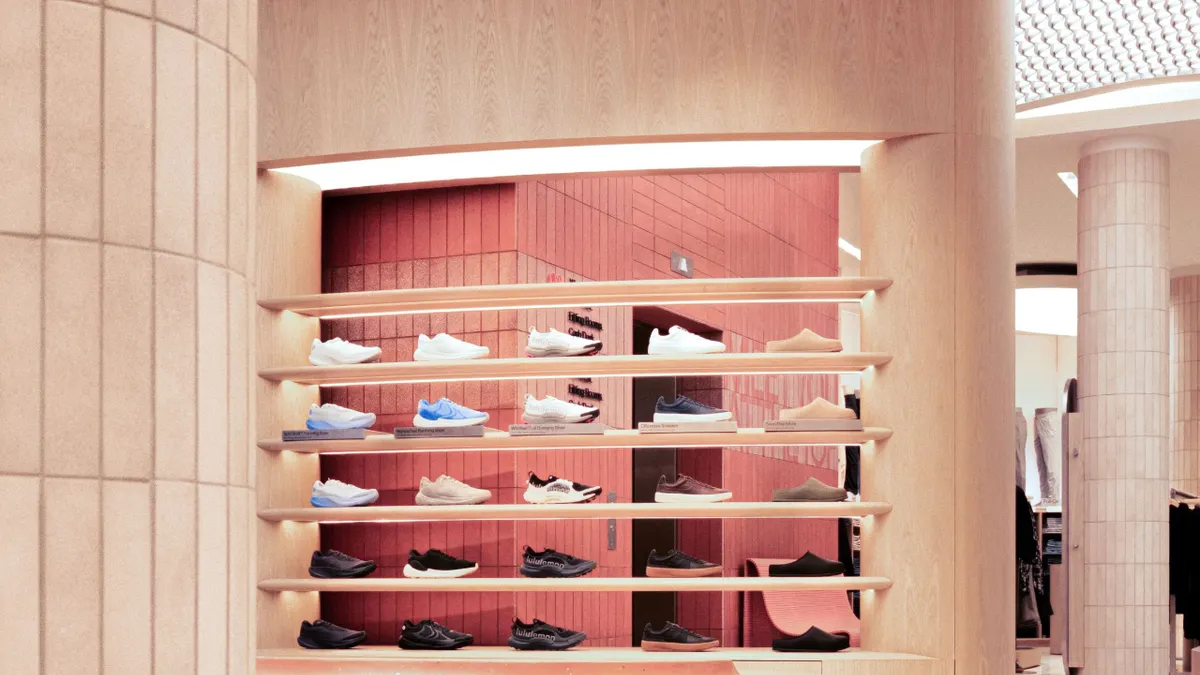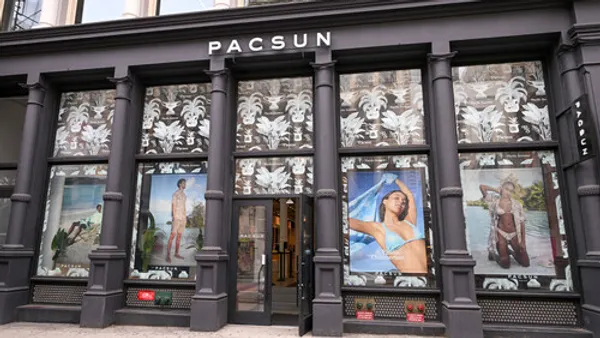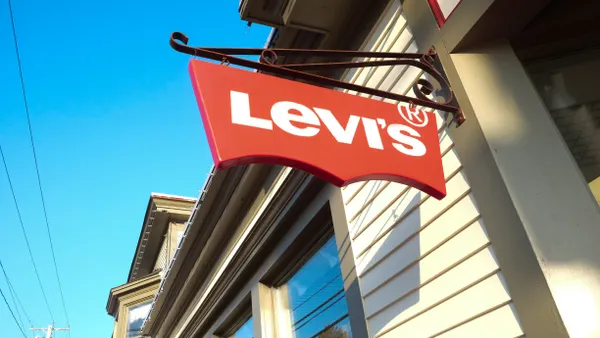This month, Saks Global launched “a new top seller growth and career development path” for its Saks Fifth Avenue and Neiman Marcus banners. The luxury department store conglomerate, which also includes Bergdorf Goodman and off-pricer Saks Off 5th, bills this as “a reimagined approach” to empower its best salespeople “and elevate the customer experience across both brands.”
The new process is open to stylists who work with clients on head-to-toe wardrobing and to salespeople who specialize in certain merchandise. A stylist or seller becomes eligible when they notch $1 million in annual sales.
Details are scarce, though, and it’s unclear whether either department store has access to the merchandise or even the customer base to make such a program work, experts say.
The program supports each seller's business and skillset, with growth tracks tailored to role and experience, according to Saks Global’s release last week. The goal is to become a Master Stylist or Master Seller surpassing $7 million in annual sales.
There is also a designation for Global Stylists, “elite personal stylists who expand beyond traditional store boundaries to serve their clients across all of Saks Global's luxury retail brands and physical locations, delivering a consistent, elevated experience wherever and however customers choose to shop.”
“Hopefully, this new reward system will drive customer loyalty and revenue simultaneously among the top 10% of wealthy clientele that both upscale stores target."

Shawn Grain Carter
Professor, Fashion Institute of Technology
In a statement released when the program was unveiled, Emily Essner, Saks Global president and chief commercial officer, described it as “a distinctive offering that sets a new standard in luxury selling and reinforces Saks Global's leadership position in the industry." Essner reportedly left later that same week; Saks Global didn’t immediately comment on whether her departure affects the new program.
Shawn Grain Carter, a professor at the Fashion Institute of Technology and a veteran of luxury branding and merchandising, views the policy outlined by Saks as an “elite commission program” that goes beyond the usual incentives at department stores.
“Hopefully, this new reward system will drive customer loyalty and revenue simultaneously among the top 10% of wealthy clientele that both upscale stores target,” she said by email. “Let's hope such incentives can elevate gross margin profits as well.”
Still, it’s not clear how this program differs from Saks’ or Neiman’s existing incentive programs for their high-powered sales people, or similar programs at other high-end retailers. Saks Global did not respond to requests for comment.
In fact, this kind of program is now standard procedure at luxury companies, according to Thomaï Serdari, a professor of luxury marketing at New York University’s Stern School of Business. Development strategies for employees expected to reach such high minimums should be a given, she said.
“In other words, Saks just made a traditional path in sales sound like a novelty,” she said by email. “There is nothing new about an organization having the responsibility to support their sellers with training that improves their areas of weakness and reinforces their competencies.”
This may be a way to rebuild a roster of high-performing stylists, who retain close connections to the customers they serve, according to Liza Amlani, principal at Retail Strategy Group.
There have been high-profile losses. In February Beverly Hills-based Neiman Marcus stylist Catherine Bloom jumped to Nordstrom to lead its luxury styling operation. Given that Neiman Marcus three years ago revealed that the top 2% of its customers drive some 40% of total sales, analysts saw that as a major loss for Saks Global and a coup for Nordstrom. Last year, before the $2.7 billion merger of Saks and Neiman closed, renowned Bergdorf Goodman stylist Betty Halbreich, an innovator in the space, died.
“I think the fact that Saks is being so open about this means that they're looking for stylists to come in with a Rolodex,” Amlani said in a phone interview. “What they want here is to increase sales by increasing footfall and increasing loyal customer engagement, and also bringing in new loyal customers through the Rolodex of the ‘master stylist.’”
"Saks just made a traditional path in sales sound like a novelty."

Thomaï Serdari
Professor of luxury marketing, New York University Stern School of Business
Close connections with customers have become essential in upmarket retail, and they are maintained by the salespeople, according to Serdari and Amlani. Amlani kept a client list when she worked at Harrod’s in London years ago, and would call a customer when something came in or set aside an item she knew a customer would like. Buyers will often take stylists with them to the fashion shows.
“That is the art of clienteling,” she said. “It's so important, especially in luxury.”
Individual brands have been stoking growth for years this way, Serdari said. Saks Global may want to join them, and may also be hoping to bring in a new generation of salespeople, she also said.
“The description of the roles (earnings potential, global travel along with one's top clients, exclusive access to merchandise and people) is a dream come true for many young hopefuls who, mesmerized by the glamour of social media, want to make that path part of their own professional journey,” she said. “This press release sounds more like a ‘luring’ recruiting vehicle rather than anything innovative. The emphasis on the numbers of annual sales is very intentional.”
"They're looking for stylists to come in with a Rolodex"

Liza Amlani
Principal, Retail Strategy Group
With Black Friday just over three weeks away, it’s unlikely either Saks Fifth Avenue or Neiman Marcus expects the nascent effort to impact its 2025 holiday sales much. In fact, the company said a full roll-out won’t come until next year.
Even then, though, it’s not clear whether Saks Global will have the merchandise or the elite customer base to support the endeavor, Amlani said.
Analysts have warned all year that Saks Global’s troubled vendor relationships could impede sales and jeopardize its holiday quarter. That was validated last month, when Saks Global CEO Marc Metrick attributed softer-than-expected Q2 results largely “to inventory challenges” that continued into Q3.
“In a sense it's great that they're calling this out, that they are in the luxury game, checking the boxes. Every luxury retailer must have a personal shopper or stylist program,” Amlani said. “And I think this is a positive thing, giving your sales associates that work in footwear, that work in dresses, the same opportunities a stylist would have.The challenge for Saks, what I worry about is, are they going to have the right inventory to meet those sales goals?”



